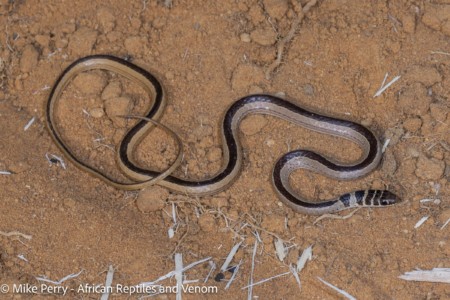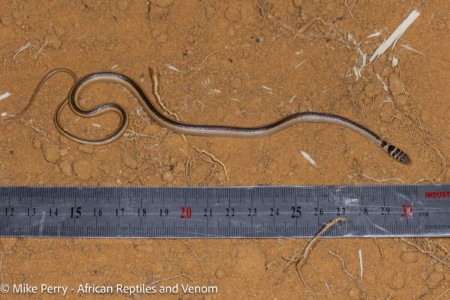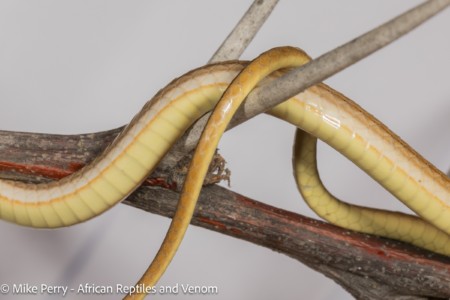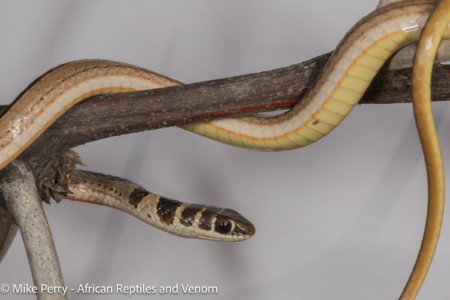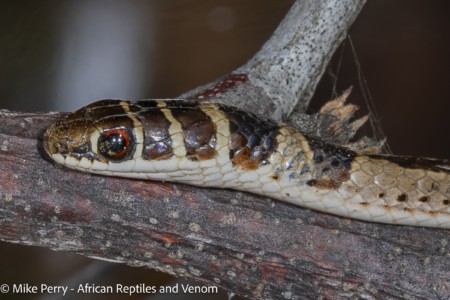The Dwarf Sand Snake (Psammophis angolensis)
The world of reptiles is adorned with an astonishing array of species, each adapted to its unique ecological niche. Among these is the enigmatic Dwarf Sand Snake (Psammophis angolensis), a captivating serpent that inhabits the arid landscapes of Africa. With its distinct characteristics and remarkable adaptations, this snake offers a window into the complexities of desert ecosystems.
Size and Appearance: The Dwarf Sand Snake is aptly named for its relatively diminutive size compared to other snake species. Typically ranging between 3025 to 30 centimeters in length, this slender serpent is well-suited for manoeuvring through the sandy terrains it calls home. Its body is marked by a range of coloration, often showcasing shades of brown, tan, and grey. The scales on its back may exhibit a pattern that helps it blend seamlessly into the desert sands, offering a measure of camouflage against potential threats and predators.
Venomosity: While the term “venomous” might evoke fear, the Dwarf Sand Snake’s venom is not potent enough to pose a significant threat to humans. Instead of relying on venom to overpower prey, this serpent’s main assets are its agility and speed. Its venom is primarily intended to immobilize its small prey, such as insects and small reptiles, before consumption.
Distribution and Habitat: Native to the sandy landscapes of Africa, the Dwarf Sand Snake can be found across a broad range that spans eastern regions of Southern Africa up to the northern reaches. Its habitat preference centres around arid environments such as deserts, sand dunes, and scrublands. These habitats offer ample cover for the snake to seek refuge and hunt for its preferred prey.
Behavior and Diet: The Dwarf Sand Snake’s behavior is characterized by its elusive nature and remarkable agility. It is a diurnal species, meaning it is most active during the day. Its diet mainly consists of small prey items such as insects and lizards. Its small size and adaptability allow it to move through the loose sand with ease, enabling it to track down and capture its prey.
Reproduction: Like many snakes, the reproductive behaviour of the Dwarf Sand Snake involves egg-laying. Mating typically takes place during the warmer months when the environment is more favourable for the development of eggs. After mating, the female will lay a clutch of eggs in a hidden location, often buried within the sand. The eggs incubate for a period of time, and once hatched, the young snakes are left to fend for themselves.

